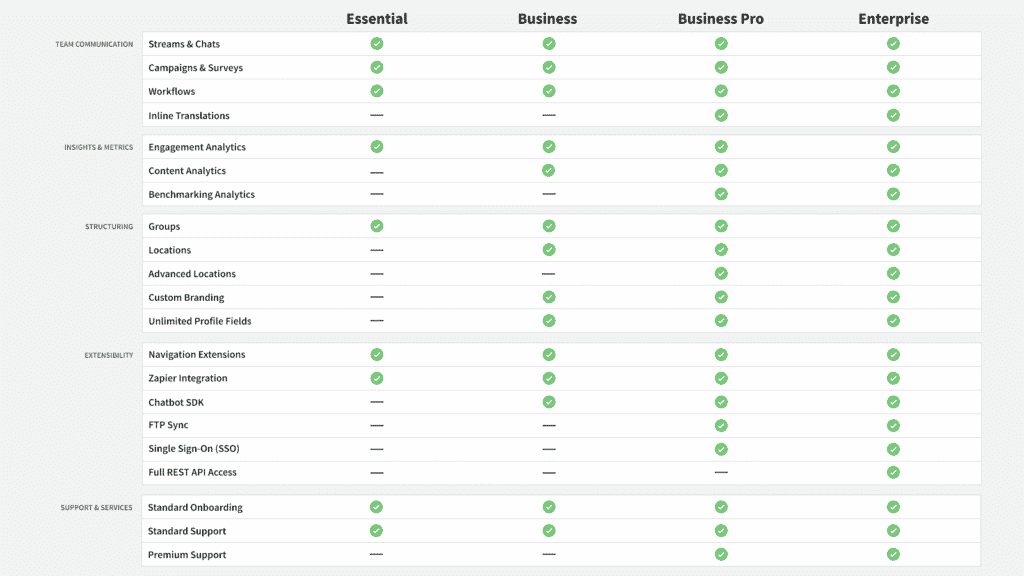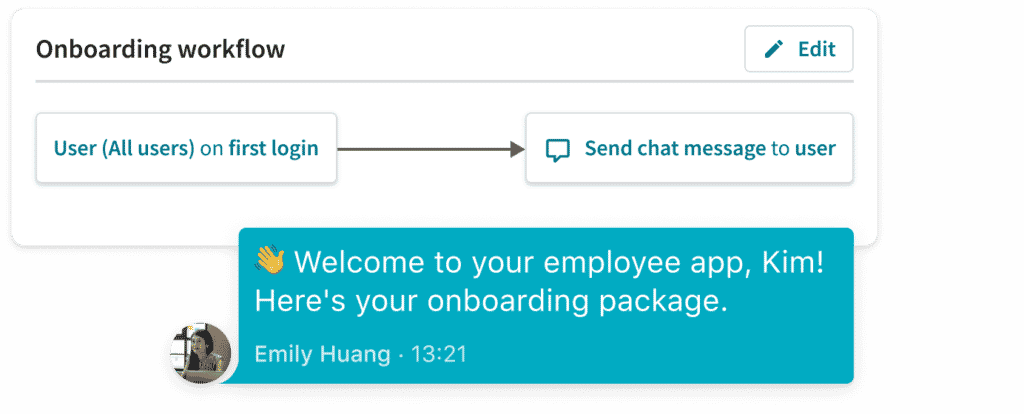As companies tiptoe towards reopening as the COVID-19 pandemic shows signs of easing up, many leaders are choosing to take alternate routes and change their business models. Even in these early days of recovery, there is a new normal in business.
Discover how a mobile strategy can align your distributed workforce as your company navigates the new normal in business communication.
This devastating COVID-19 global pandemic has forced companies across verticals to make the tough decision to either shut down their operations or pivot to a new business strategy and reconfigure their workforce. This pressure cooker situation has had a silver lining—companies have realized there are different ways to operate that might even be better than what they were doing before.
Getting to this new normal will take some time. As businesses adapt to a changing scenario, they’re preparing their workforce for what might be. Right now, we’re in the next normal—the stage between where we were and where we’re headed.
What Is the New Normal in Business?
When the economy goes through a big upheaval, it often creates a seismic shift in how companies operate. It happened just over a decade ago during the 2008 recession. Economists predict an even deeper one is about to hit as businesses recover in a post-COVID world.
The new normal definition alludes to new ways of doing things due to drastically altered circumstances. For example, reluctant in-person consumers will drive down the demand for products and services.
As companies resume a more regular rhythm, they’ll regain their long view instead of the day-to-day survival mode they’ve been in. Companies must adjust and adapt using new business strategies based on new normal communication best practices and new normal operation best practices.
Here are the top five changes we’ll see as the new normal in business takes hold.
1. A Dispersed, Productive Workforce
The first sign that a new normal is upon us is the huge wave of remote workers who will not be going back to the office. The world might be witnessing the beginning of the end of the workplace as we know it.
Silicon Valley companies are often seen as progressive thought-leaders in business optimization. Companies are looking to them for their post-crisis business cues.
Case in point: After two months with a remote workforce, Twitter and Square announced that many of their employees can permanently work from home and others are considering following their lead.

80% of the global workforce is comprised of frontline workers. This dispersed population will continue to grow as companies reinvent their concept of organizational structure and transition to more virtual workspaces.
Another industry about to experience a remote workforce boom is telemedicine, a subset of the healthcare industry. Telemedicine is seeing a patient surge as people opt to schedule medical consultations remotely. That means the healthcare industry will see an increase in work-in-place professionals providing patient care on video calls or over the phone.
2. The New Normal and Internal Communication: A Mobile Strategy
The new normal and internal communication are inextricably linked. Companies will digitally reconfigure their communication strategies around how and where their workforces perform their jobs.
With workers more spread out, there’s no longer an ‘office environment’—no common space for them to congregate, and no break rooms or hallways for spontaneous collaboration sessions. That will require a mobile solution to maintain a unified alliance of employees.
Since the start of the COVID-19 crisis, 61% of the workforce switched to working remotely. But only 27% have supplemental workplace technology from their employers to support them.
As business leaders build their workplace tech stack, they should include a mobile communication solution to complement the dispersed nature of this new-normal workforce to keep everyone connected. That means finding a mobile app with the features they need for their specific operation.

Employers should create a new kind of experience for employees to ensure continued engagement and productivity. Trust and regular communication top the list of what workers want from their managers as they transition to more flexible work. Here are the ways a mobile communication solution can best support your workforce now.
Create a bottom-up business leadership approach
With employees scattered in different locations, it’s necessary that every employee has a voice. A mobile app facilitates a communication channel for previously disconnected workers who are on the frontlines of the operation.
Ensure enterprise-wide alignment
As your company gets up and running, a communication tool can help realign your workforce to get back on track and focus on your common objectives.
Rebuild customer trust
85% of the global GDP drop from the COVID-19 crisis resulted from a drop in consumer demand. Frontline workers are often the teams with the most consumer interaction. Use a mobile workforce app to empower them with the knowledge and tools to rebuild the relationship with your customers.
Form new collaboration channels
A digital workplace facilitates peer-to-peer collaboration by offering features that enable collaboration. From direct messages to group chats to dedicated communication streams, dispersed colleagues can work together.
Support an autonomous workforce
For a truly engaged workforce outside of the office, a digital solution can instill a sense of autonomy by supporting a worker in making decisions on their own. Greater control over their own schedules and the ability to have a more flexible work schedule makes employees 43% less likely to lose motivation in their jobs.
As business leaders navigate this new way of working, an internal communication tool can provide them with the features needed to put their minds at ease and stay connected with their teams, in lieu of face-to-face contact, to sustain an engaged workforce.
3. New Normal Operation Best Practices: Embracing Automation
Automation was already on the rise before this pandemic hit. Now, it’s experiencing a surge. Grocery stores are automating systems to help lighten the load on workers who are racing to keep up with consumer demand. Waste management facilities are putting robots to work sorting recyclables to avoid putting workers in close contact with one another.
Digital workforce solutions are also helping companies automate administrative functions. As desk-based workers move to remote locations and mobile workers remain dispersed, cloud-based networks support frictionless workflows by handling routine processes, like employee onboarding.

From chatbots that distribute information to a workforce to push notifications and shift alerts, an internal communication tool can offer a number of ways to automate internal functions that create seamless workflows and support business continuity.
4. A New Age of Innovation
During the COVID-19 crisis, companies have had to act, and react, with incredible urgency to shift operational strategies in order to achieve their original objectives. There’s been no time for the normally relaxed schedule of long, drawn-out strategy sessions. Companies have had to make rapid-fire decisions with team members in different locations.
The good news? With the right digital tools, many companies were able to transition and find new ways to get their jobs done through creative strategizing. That’s a lesson that will last. The entire workforce, from leaders to frontline workers, is gaining a new sense of confidence in risk-taking.
In the new normal, companies will become more innovative by:
- Building an agile foundation. This crisis has proven that adaptability is a key element for operational function and survival.
- Adopt a more freestyle approach to research and development. With mobile tools, meetings will make way for ongoing creative dialogues initiated top down and bottom up.
- Employees at all levels will have learned how to quickly pivot and try new approaches to performing their jobs, collaborating, and accomplishing tasks.
5. Forward-Thinking Risk Management
Many businesses were blindsided by this crisis. Companies should take this opportunity to create an enterprise risk management framework to anticipate and be prepared for the next crisis, whatever it might be.
To minimize disruptions, companies must learn to identify, assess, monitor, and mitigate the impact of a risk on their business. As businesses find a comfortable pace of working again, long-term success and survival will depend upon their resilience and adaptability. That will take the commitment of an entire organization.
It’s fair to say that few companies will be the same after they’ve dusted themselves off and get back on their feet. But chances are they won’t go back to their old way of operating. Welcome to the new normal in business.

About the author
Beekeeper
We make frontline lives easier, work safer, and teams more connected so businesses can reach new heights. At Beekeeper, we’re dedicated to making frontline lives easier by connecting workers with the tools, support, and information they need to feel valued, do their best work, and drive the business forward.








